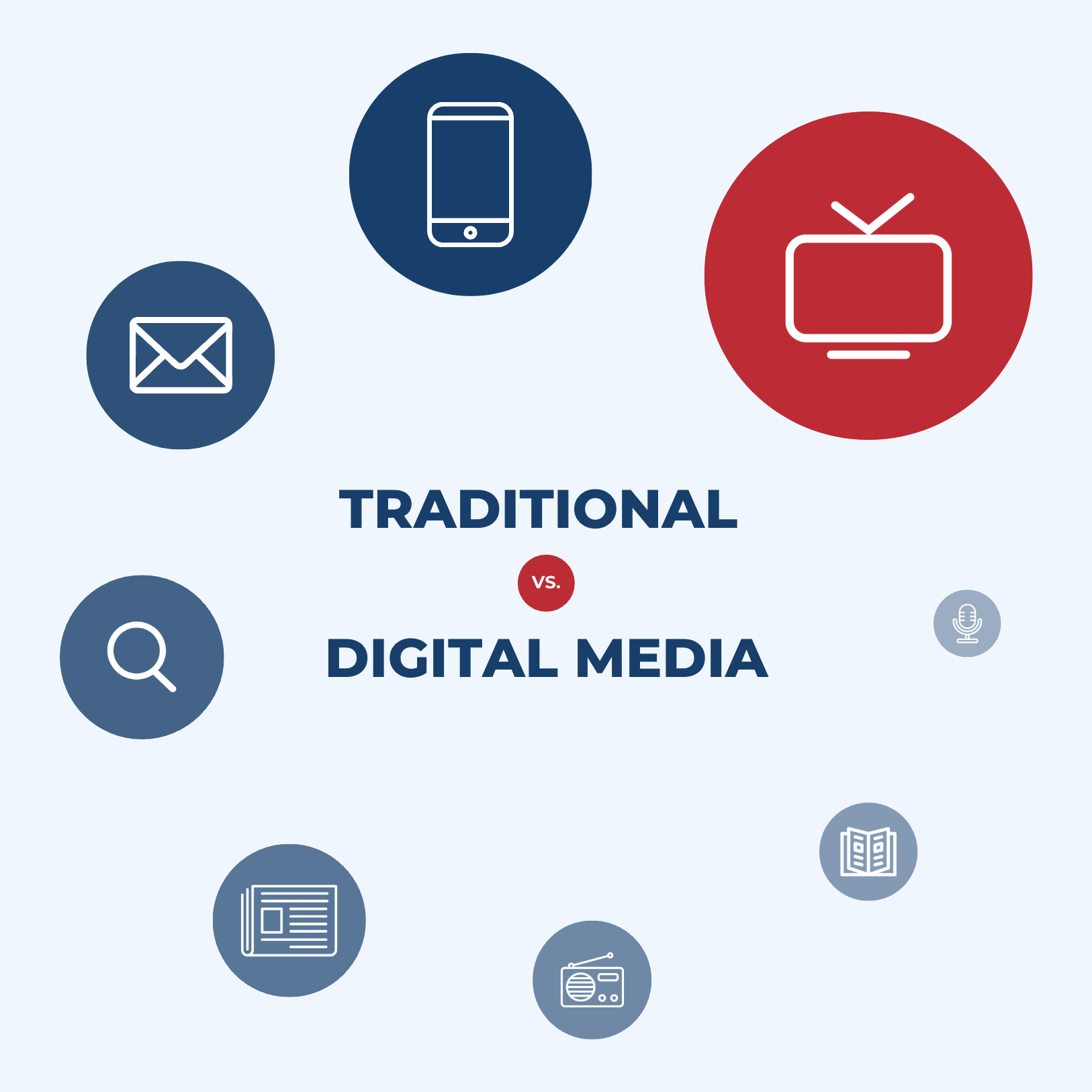According to the 2024 Media Comparisons Study, which compared reach and time spent on over…
Advertising Admissions from a Marketing Guy
By John Houle
If you’re reading this article, then you validate my first point: EVERYTHING IS IN THE HEADLINE. In articles, press releases, and ads, people are enticed by the headline and will then decide to continue on if the content interests them.
My headline, like so many other things in marketing, is unoriginal. It is a spin off David Ogilvy’s 1963 book, Confessions of an Advertising Man, which is arguably the definitive guide to modern advertising. So, if you stick with me through this article, I’ll share with you some advice I have learned from my 18 years in the trenches of Marketing Warfare (also, the name of another book).
Knowing that most readers never look past the headline, there are a few additional points you also should contemplate. After headlines, people read captions under photographs. The photo itself needs to convey a strong visual message. Your ad copy should focus on how your company’s attributes benefit your potential customer – what’s in it for THEM!
The same equally applies to electronic media. When producing radio and television ads, the opening line, like the headline in a print ad, needs to draw in the consumer; it too is the most important line in the ad. In any 30-second ad, you need to mention your company name at least 3 times; 6 times for a 60-second ad.
TRUTH ALERT – marketing advisers only include your phone number in TV and radio ads to make you happy. I don’t know of anyone who has written down the phone number when listening to a radio or TV ad. It doesn’t hurt the ad, so we do it; but when you come back and ask for it to be bigger and bolder, good ad people often make a stand because it can downgrade the overall quality of the ad. Moreover, today’s consumer is technically savvy and will Google you or visit your Facebook page if prompted to do so.
In brochures and other printed promotional pieces for your business, refrain from using white knocked out text, which is difficult to read in large swaths of copy. Throughout our reading lives, we have been conditioned to read black text on white paper. The use of white lettering is a design element, and it is acceptable as a pull-out quote or sub-head in a brochure or ad.
When writing letters, brochures and other marketing pieces, you should underline words, bold text, italicize key terms,
- bullet points,
- and number lists.
You also should limit your paragraphs to 6 lines. Long paragraphs can be intimidating to the eye, and some readers will not want to make the investment in time.
If you choose to embrace social media – Facebook, Twitter, LinkedIn, Yelp, etc – then know the language – LOL, THX. When involving your business in Facebook and Twitter or networking through LinkedIn, YOU actually need to be involved.
You can’t abdicate your social media to the kid who graduated from college. Although he or she, or the marketing consultant you hire, can certainly show you how to do it, you need to participate. Your knowledge on what type of information to post and who the best people to seek out to “like” you is essential to the effective use of these outlets.
If you’re serious about being in a medium that has 800 million users (Facebook), then here’s a few pointers:
- You need to be involved in social media at a minimum of 15 minutes per day to be in the game.
- You, or you organization as a whole, should spend an hour a day in social media, if you want to start to make an impact.
- Time invested in social media should be split between thinking about what to post and who to connect with.
- The content you post as a business should be 75 to 80% about the business personality and less than 25% on hard sales, facts, points and figures.
I hope that I have provided a few good points that will help you better communicate your message throughout the various mediums of print, TV, radio, and social media. Like so many things in life, there is no absolute “right” way, but instead there are a series of best practices that you can apply from others who have tried and succeeded that can help you improve your overall communications.

